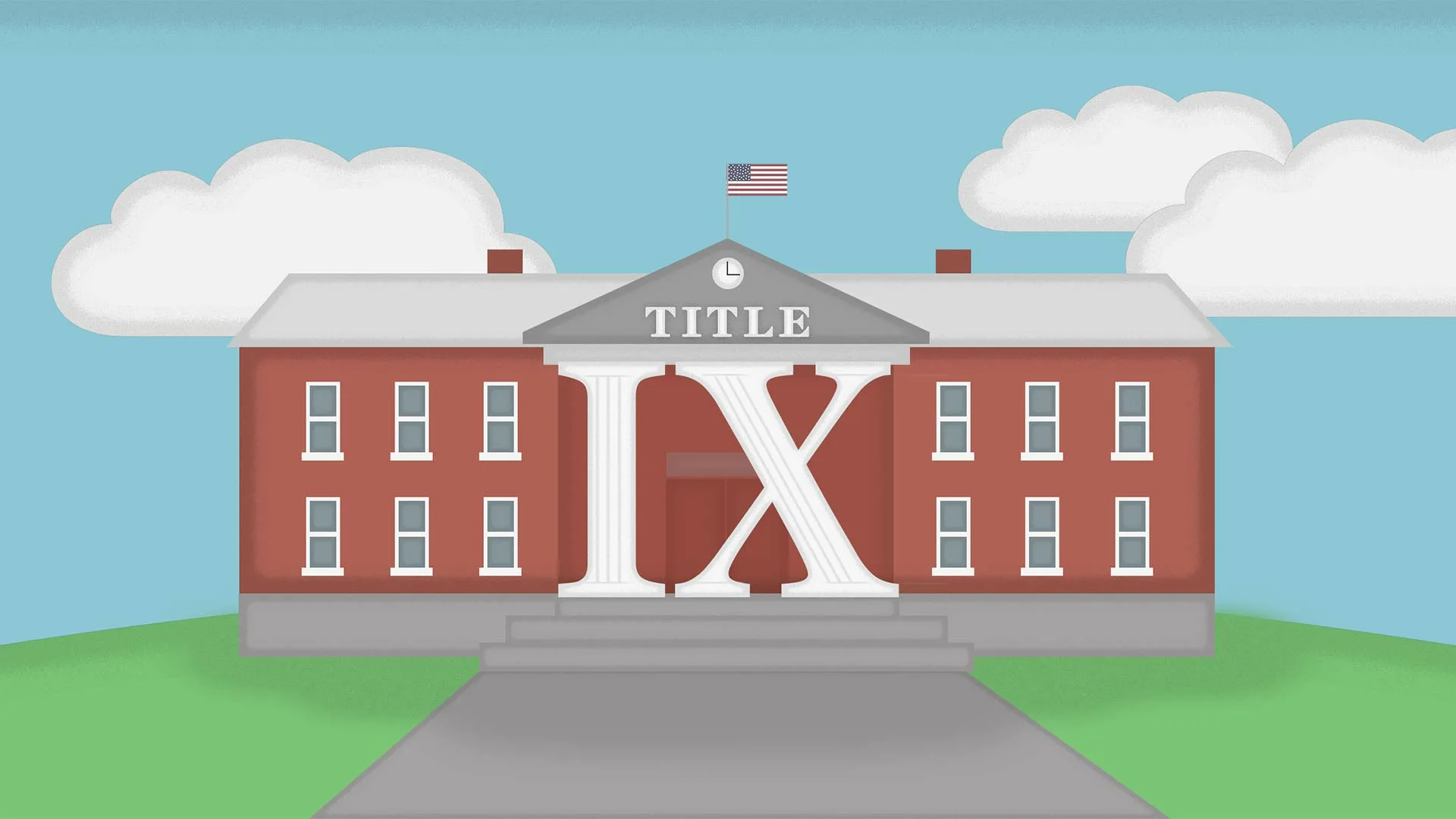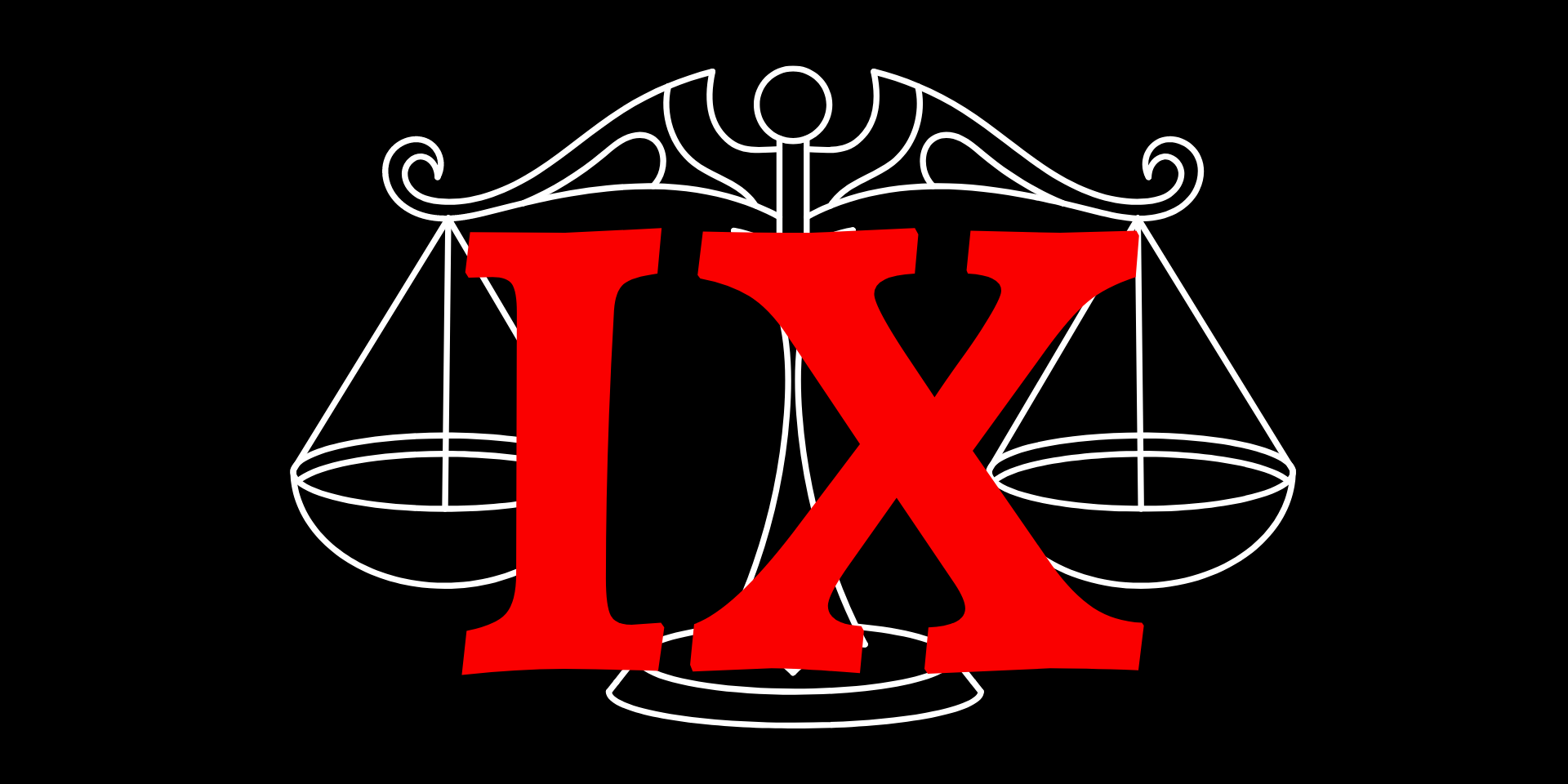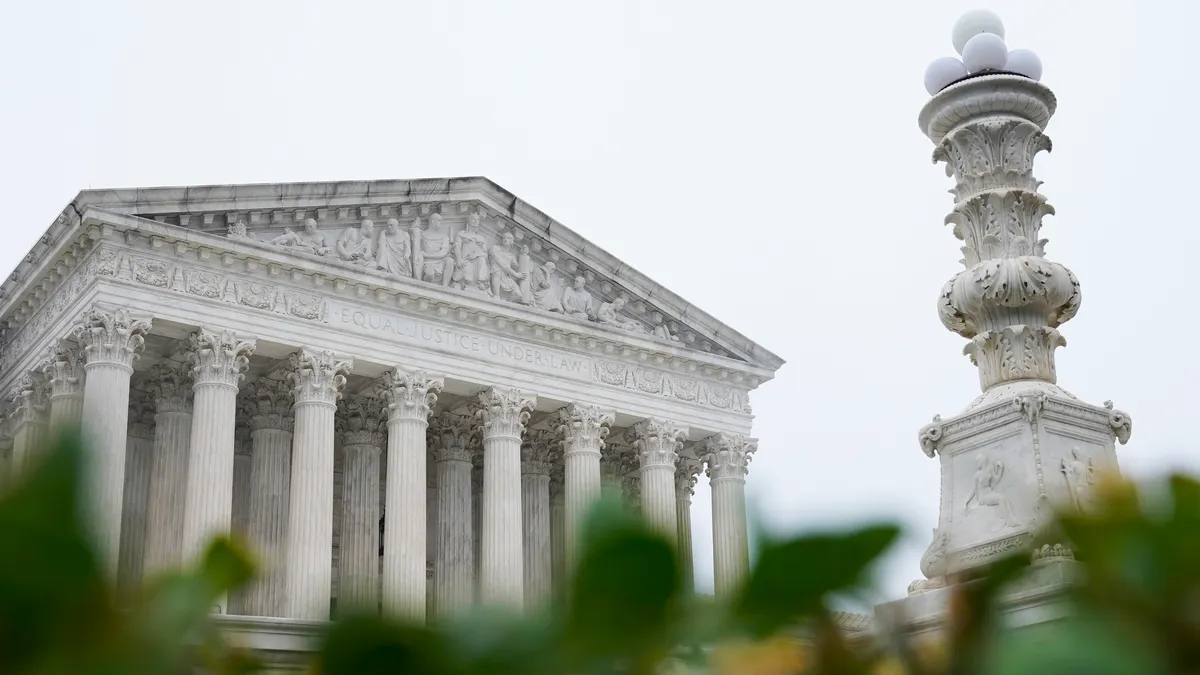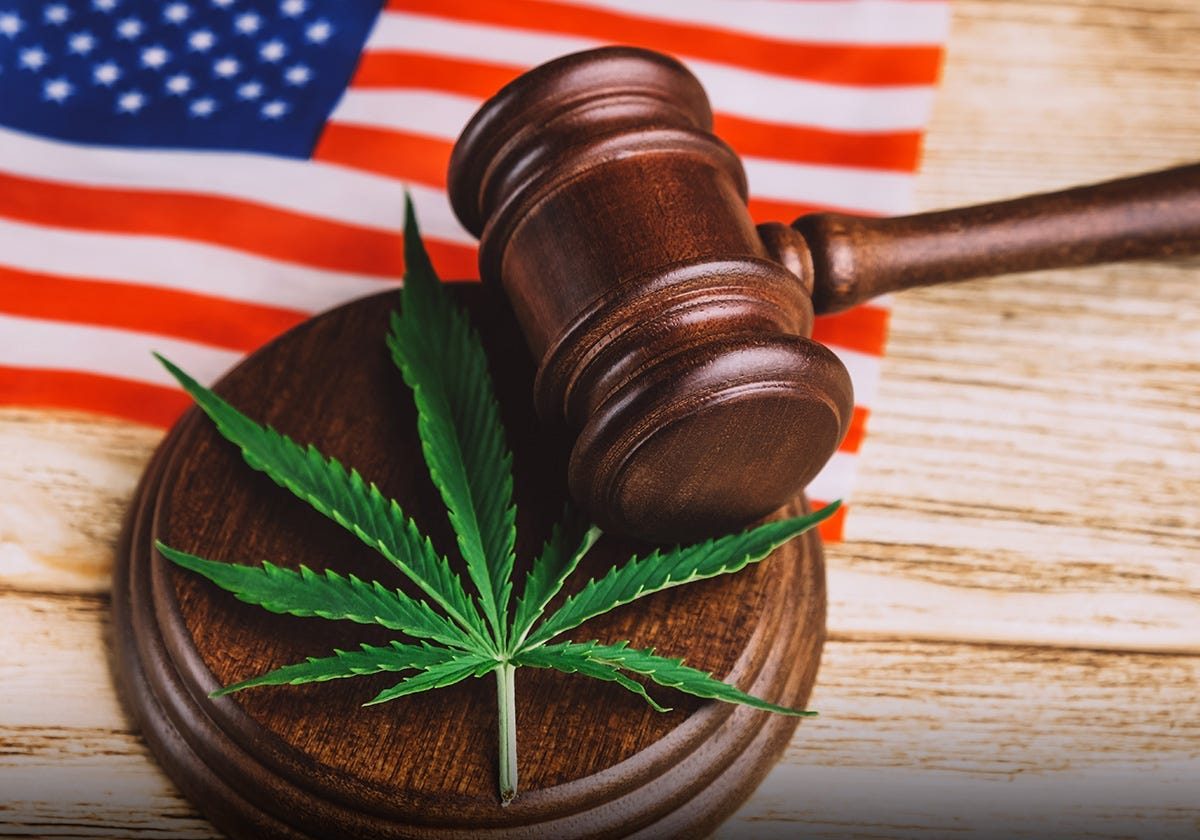The pursuit of equity within academic institutions has been a pivotal issue throughout history. Legislation aimed at enhancing opportunities and protections for all individuals, particularly in academic environments, has sparked a significant evolution in how society approaches issues surrounding inclusivity and fairness. A comprehensive analysis of these frameworks reveals a nuanced approach to creating a level playing field for every student, regardless of their background.
Particular focus has been given to ensuring that access to resources, programs, and opportunities remains unimpeded by biases. The ongoing conversation highlights the necessity of establishing policies that not only acknowledge disparities but actively work towards eliminating them. Such measures have resulted in transformative changes, fostering environments where diverse voices can thrive.
The ripple effects of this legislation resonate beyond classrooms, shaping societal norms and expectations. As institutions strive to implement these principles, the broader implications for personal development and community well-being come into focus. Ultimately, the commitment to establishing a fair system underscores the belief that every individual deserves an environment that is supportive and conducive to growth.
History and Origins of Title IX
The legislation that shaped the landscape of rights within academic institutions has roots that delve into the social fabric of the late 20th century. As conversations around equity gained momentum, particularly in the context of schooling, a significant reform emerged to address disparities and promote fairness for all participants. This transformative movement sought to eradicate biases that permeated various facets of the academic experience, paving the way for a more inclusive environment.
Early Legislation and Social Change
The origins can be traced back to the Civil Rights movement, which exposed systemic inequalities in numerous public sectors, including schools. In 1964, the Civil Rights Act was enacted to prohibit discrimination based on race, color, religion, sex, or national origin. This landmark legislation laid the groundwork for subsequent rules aimed at securing equal opportunities for all individuals, especially in educational settings.
Establishment and Scope
| Year | Event |
|---|---|
| 1964 | Passage of the Civil Rights Act |
| 1972 | Enactment of landmark legislation prohibiting sex-based discrimination |
| 1975 | Issuance of regulations implementing provisions of the law |
| 1980s | Increased focus on enforcement and implications in athletics |
Key Provisions and Regulations of Title IX
This section outlines the essential elements and rules that form the backbone of the legislation aimed at promoting fairness and preventing discrimination within educational institutions. The focus is on ensuring that all individuals have equal opportunities, regardless of their sex, in various aspects of their academic experience.
Essential Elements
- Prohibition of discrimination based on sex in education programs and activities
- Requirement for institutions to provide equal opportunities in athletics
- Mandate for proper investigation and resolution of complaints related to sexual harassment and assault
- Assurance of equal financial assistance for students
- Support for pregnant and parenting students
Implementation Guidelines
- Establishment of grievance procedures to address complaints
- Training for staff and faculty on recognizing and responding to discrimination
- Regular evaluation of policies and practices to ensure compliance
- Provision of resources and support services for affected individuals
- Involvement of students and community members in policy development
These regulations create a framework for fostering a safe and inclusive environment in which all participants can thrive academically and personally, free from bias and inequity.
Impact of Title IX on Sports Programs
Since its enactment, this significant piece of legislation has reshaped athletic opportunities within institutions, creating a more inclusive atmosphere for all participants. By addressing disparities, it has fostered a more equitable structure in sports, allowing individuals of various backgrounds to thrive in competitive environments.
Increased Participation Rates
The legislation has led to a notable rise in the number of female athletes participating in sports at various levels. Schools and colleges are now more intent on creating programs that cater to all students, ensuring that everyone has access to resources, coaching, and facilities. As a result, young women have broken barriers and achieved recognition in sports that were traditionally dominated by their male counterparts.
Shifts in Funding and Resources
Another crucial consequence of this legislation is the reallocation of funding towards women’s athletic programs. Institutions are required to provide equal financial support, which has led to improvements in facilities, training conditions, and scholarship opportunities. This shift not only enhances the sporting experience for female athletes but also encourages a culture of respect and recognition for their contributions to the sports community.
In conclusion, the introduction of this transformative law has had far-reaching effects on sports programs, championing fairness and creating chances for everyone to excel, fostering a new era in athletics.
Title IX and Gender Discrimination in Education
Legislation designed to eliminate bias based on sex within academic institutions plays a crucial role in promoting fairness and opportunity for all individuals. Its significance lies in creating an environment where everyone can achieve their potential without facing obstacles related to their identity. This legal framework enforces the principle that no individual should be excluded, denied benefits, or subjected to discrimination in any educational program receiving federal assistance.
The introduction of such measures has led to profound changes within the academic landscape. By addressing issues of disparity, institutions are compelled to foster inclusive practices, ensuring equal access to resources, support, and advancement. This movement not only enhances the experiences of those historically marginalized but also enriches the overall educational atmosphere.
However, challenges persist as institutions navigate compliance while combating persistent stereotypes and biases. Continued vigilance is essential to uphold these protections, making certain that all individuals are treated fairly. By challenging discriminatory behavior and advocating for equitable treatment, communities can work towards a more inclusive future.
Enforcement Mechanisms of Title IX
Effective implementation of legislation designed to address discrimination is crucial for fostering a fair environment within academic institutions. Mechanisms that ensure compliance play an essential role in promoting a climate conducive to safety and inclusivity. Various strategies are employed to hold entities accountable and protect the rights of individuals affected by discriminatory practices.
Key Enforcement Methods
Enforcement of relevant legislation consists of several approaches that institutions must adhere to. These methods include investigations, compliance reviews, and imposing sanctions on non-compliant entities. Additionally, the role of advocacy groups and governmental agencies cannot be overstated in this regulatory framework.
| Enforcement Method | Description |
|---|---|
| Investigations | Thorough inquiries conducted to assess allegations of discriminatory behavior, ensuring that all parties have a chance to present their case. |
| Compliance Reviews | An evaluation process that examines whether educational institutions are adhering to the required policies and practices. |
| Sanctions | Punitive measures taken against organizations failing to comply with necessary regulations, which may include loss of federal funding. |
| Advocacy Group Involvement | Support and mobilization of organizations that work to raise awareness and promote rights, helping individuals navigate the complaints process. |
| Governmental Agency Oversight | Federal and state authorities monitor compliance, providing guidance and resources to educational institutions for better adherence. |
Impact on Institutions
By employing these enforcement strategies, educational institutions are encouraged to create a more equitable environment for all students. The consequences of non-compliance not only impact the institution’s reputation but also highlight the importance of fostering a safe learning atmosphere. Such mechanisms contribute to ongoing progress and transformation within the academic system.
Current Challenges and Future of Title IX
The landscape of federal legislation aimed at promoting fairness and opportunity within academic institutions faces numerous obstacles that call for attention. As societal values shift and new issues arise, the quest for true inclusiveness remains critical. Understanding these existing hurdles, as well as proposing ways to address them, is essential for progress.
- Implementation Discrepancies: Variability in how institutions apply the regulations leads to confusion and inequity.
- Awareness and Training: Insufficient training for staff and students hampers the effectiveness of enforcement measures.
- Legal Challenges: Ongoing litigation regarding policies creates an atmosphere of uncertainty and hesitation in adopting necessary reforms.
- Cultural Barriers: Deeply rooted societal norms and attitudes pose significant challenges to fully achieving equitable treatment.
Looking ahead, several strategies can be employed to enhance the efficacy of these protective measures:
- Standardization of Procedures: Developing uniform guidelines can help eliminate inconsistencies across various institutions.
- Increased Funding: Investing in educational programs and resources is vital for fostering awareness and advocacy.
- Engagement with Stakeholders: Collaborating with students, faculty, and community leaders strengthens the foundation for meaningful change.
- Policy Review and Adaptation: Regularly assessing and refining legislation ensures responsiveness to evolving challenges.
With a commitment to continual improvement and proactive measures, the promise of a more equitable environment within academic settings can be realized.
Q&A: What is title IX
What is Title IX and when was it enacted?
Title IX is a federal law in the United States, enacted as part of the Education Amendments of 1972, that prohibits sex discrimination in any educational program or activity receiving federal financial assistance. The law was introduced to ensure that both male and female students have equal opportunities in educational settings, especially in sports and other school facilities. Over the years, Title IX has expanded its scope to address issues like sexual harassment and assault, ensuring a safer and more equitable environment for all students.
How has Title IX impacted women’s sports in schools and colleges?
Title IX has significantly increased participation opportunities for women in sports at both the high school and collegiate levels. Before the enactment of Title IX, female athletes often received far less funding and support compared to their male counterparts. Since its implementation, there has been a dramatic rise in the number of women’s sports teams, scholarships, and funding for female athletics. This shift has not only helped level the playing field in sports but has also contributed to the overall growth of women’s athletics, encouraging more young women to engage in physical activities, which promotes their health and well-being.
What are some examples of ways Title IX can be violated, and what consequences do schools face?
Title IX can be violated in various ways, including inadequate funding for women’s sports, unequal treatment in educational programs, or failure to address sexual harassment and violence. For example, if a school provides significantly more resources to men’s teams than women’s teams, this can constitute a violation. Consequences for schools that violate Title IX can include loss of federal funding, mandated changes to programs and policies, and potential lawsuits. Schools are required to take complaints seriously and investigate them promptly to avoid these repercussions.
What are the current challenges facing Title IX in terms of enforcement and public perception?
Despite its foundational role in promoting gender equality, Title IX faces several challenges today. Enforcement has been inconsistent, with changes in administration leading to shifts in how the law is applied. Some argue that recent guidelines have made it harder for victims of sexual assault to seek justice, leading to calls for stronger protections. Additionally, public perception varies, with some seeing Title IX as a necessary protector of rights, while others argue that it may lead to reverse discrimination. Ongoing debates address how best to balance protections for all students while promoting fairness in educational settings.
How can students or parents report a Title IX violation, and what steps should they take?
If a student or parent believes that a Title IX violation has occurred, the first step is to report the issue to the school’s Title IX coordinator or relevant authority. Schools are required to have designated individuals to handle such complaints. It’s essential to document all details of the incident, including dates, times, and witnesses, to provide a thorough account of the situation. After reporting, the school should initiate an investigation and follow its grievance procedures. If the school fails to address the complaint satisfactorily, individuals may escalate their concerns to the U.S. Department of Education’s Office for Civil Rights or seek legal assistance to ensure their rights are protected.
What is Title IX and how does it affect education?
Title IX is a federal law enacted in 1972 that prohibits discrimination on the basis of sex in any education program or activity receiving federal financial assistance. This law plays a crucial role in promoting gender equality in educational institutions. It ensures that individuals are not excluded from participation in, denied the benefits of, or subjected to discrimination under any educational program or activity on the basis of sex. As a result, Title IX has significant implications for various aspects of education, including sports, admissions, and handling sexual harassment complaints. By enforcing equal opportunities for both male and female students, Title IX has contributed to increasing the representation of women in higher education and has paved the way for more equitable treatment in schools.
What is Title IX of the Education Amendments of 1972, and what does it protect?
Title IX of the Education Amendments of 1972 is a federal civil rights law that protects any person in the United States from discrimination on the basis of sex in education programs and activities that receive federal financial assistance. Title IX prohibits sex-based discrimination, including sexual harassment and sexual violence, in schools, colleges, and universities, ensuring equal educational opportunities for all.
Who is required to comply with Title IX, and how is it enforced?
All educational institutions that receive federal financial assistance, including public and private schools, colleges, and universities, are required to comply with Title IX. The United States Department of Education’s Office for Civil Rights (OCR) is responsible for enforcing Title IX. Individuals who believe their Title IX rights have been violated can file a Title IX complaint with the OCR.
How does Title IX address sexual harassment and sexual violence in educational institutions?
Title IX prohibits sexual harassment and sexual violence in educational programs and activities that receive federal funding. Schools must take immediate and effective steps to end sexual harassment, prevent its recurrence, and address its effects. This includes conducting investigations and ensuring that victims have access to resources and support. Failure to address sexual harassment and violence is considered a violation of Title IX.
What is the role of a Title IX coordinator in ensuring compliance with the law?
Each educational institution receiving federal funding is required to designate a Title IX coordinator responsible for overseeing compliance with Title IX regulations. The Title IX coordinator ensures that the institution addresses sex-based discrimination, responds to Title IX complaints, and implements policies and procedures that promote a safe educational environment for all students and staff.
How does the Civil Rights Restoration Act of 1987 expand the scope of Title IX?
The Civil Rights Restoration Act of 1987 clarified that Title IX applies to all programs and activities of educational institutions that receive federal financial assistance, not just the specific programs directly receiving funding. This expanded the scope of Title IX, ensuring broader protection against sex-based discrimination in education.





